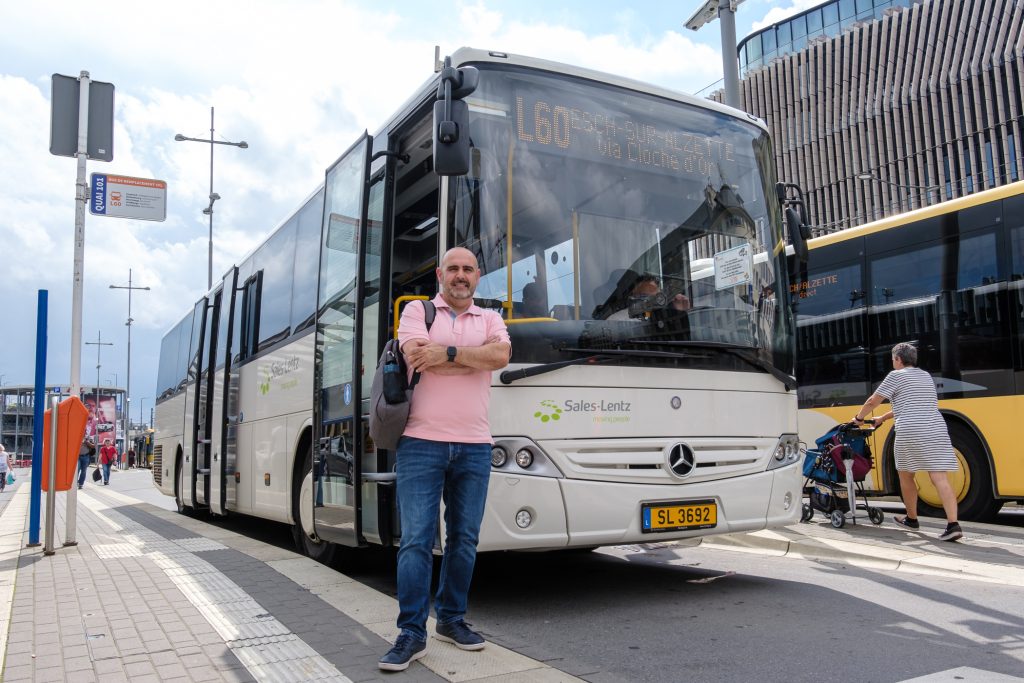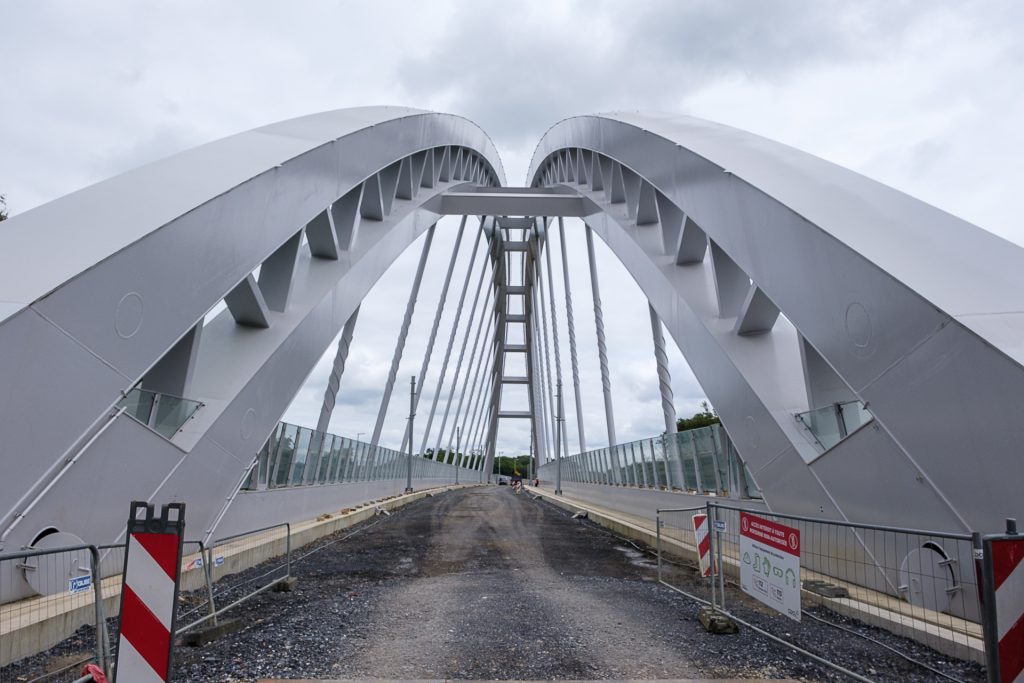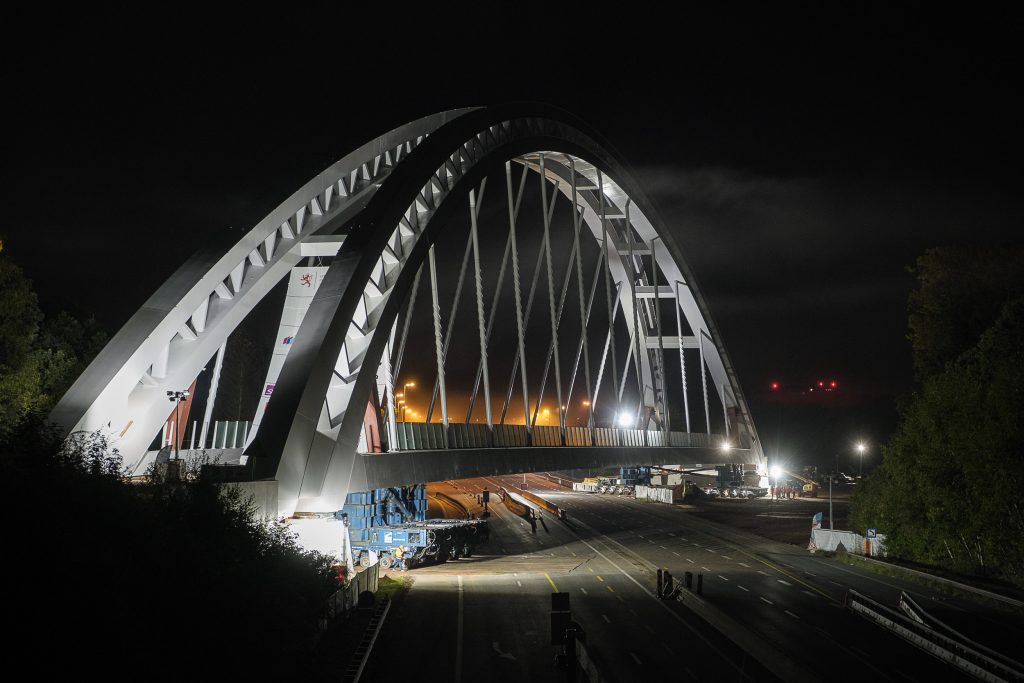
The construction site orchestra on the new Bettembourg – Luxembourg line
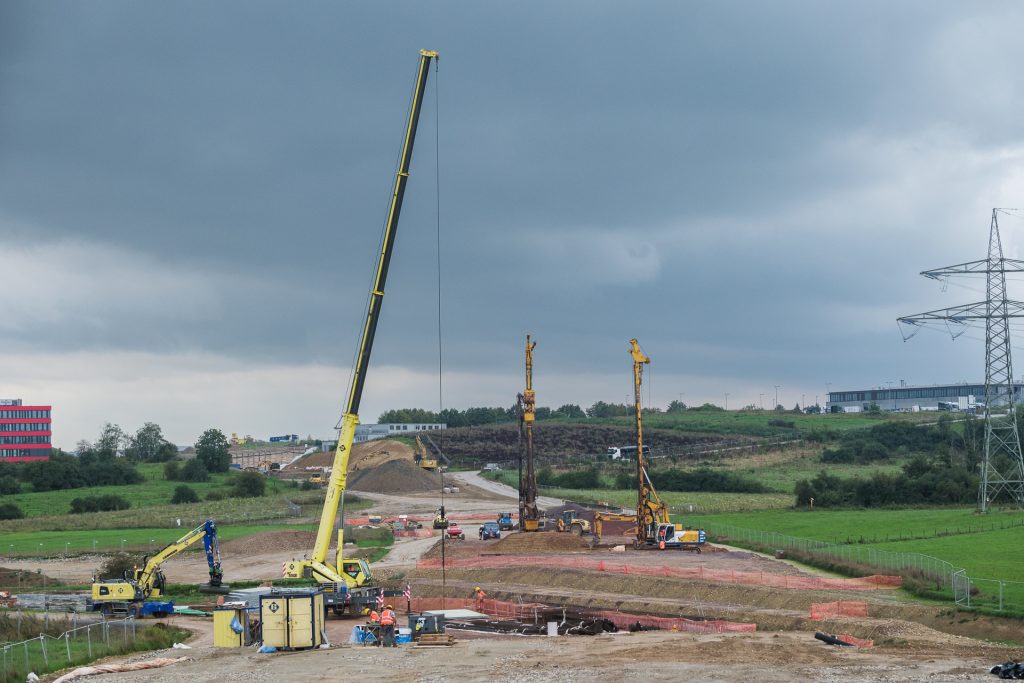
The fact that a new train line is being built between Bettembourg and Luxembourg can no longer be overlooked. On and along the route of the future line, which will bring the first international trains to and from Luxembourg and France from 2027 onwards, numerous construction machines of the engineering industry are noticeable.
In the second of a total of 4 construction site sections, the so-called “tronçon 2” (construction section 2), special civil engineering work is currently being carried out on the embankment of the line. For this purpose, no less than 200,000 cubic metres of earth will be moved by May 2024 to accommodate the planned route of the line. In addition to these considerable earth movements, increasing the load-bearing capacity of the subsoil, over which several hundred tonnes of rolling load will travel in the future, plays an important role, especially in this section of the route. A circumstance that is due to the flow of the Bibeschbaach river.
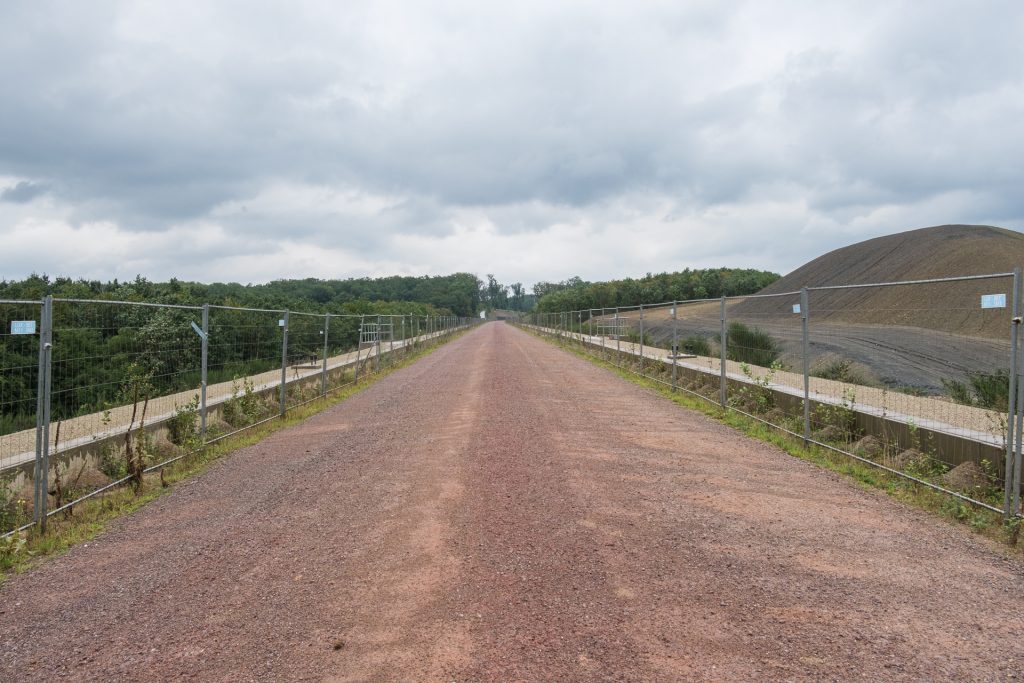
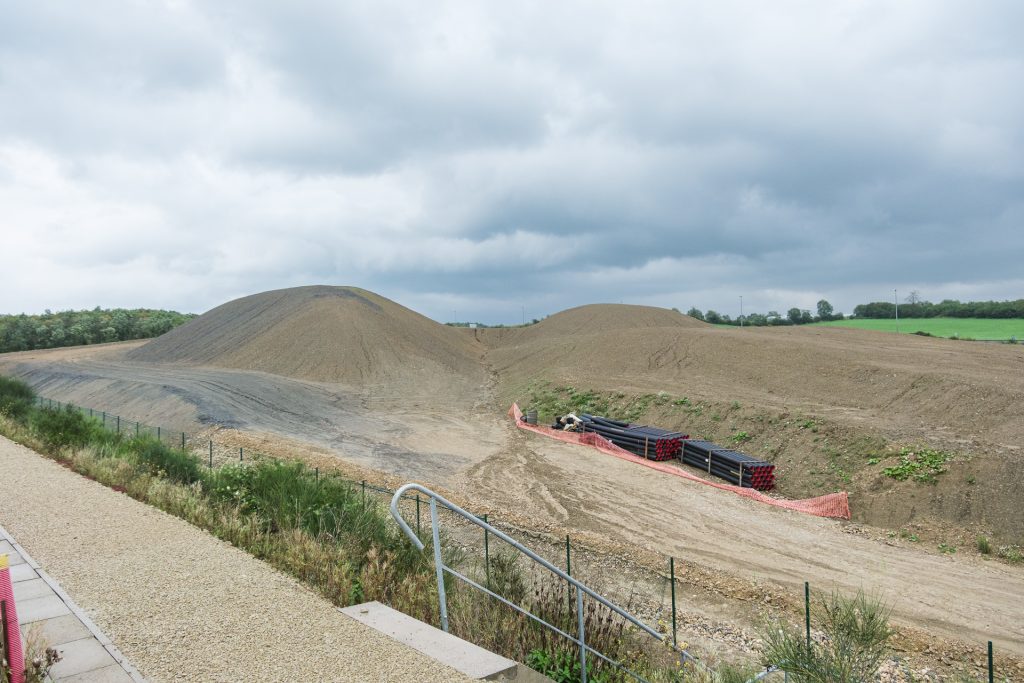

To ensure that the ground has the necessary strength, the soil must be improved. On the almost 2-kilometre-long section of track, this is done using the so-called vibrating stop column method. Metre-high deep vibrators are needed for this, which at first glance have more in common with the oil industry than with classic track construction.
For those in the know, however, this is the type of machine that uses vibratory vibration to drive up to 12-metre-deep columns into the deep ground and then gradually fill them with gravel, which in turn is compacted. In this way, so-called vibro-tamping columns are gradually created, which, with a diameter of a considerable 80 centimetres, gradually consolidate the building ground. 3,000 columns are to be built on this 2-kilometre section of the railway line alone. This means that there are often just under 1.5 metres between the different pillars. The power of these machines is literally felt in one’s own body: the vibrations caused can be clearly felt in the ground despite the considerable safety distances.
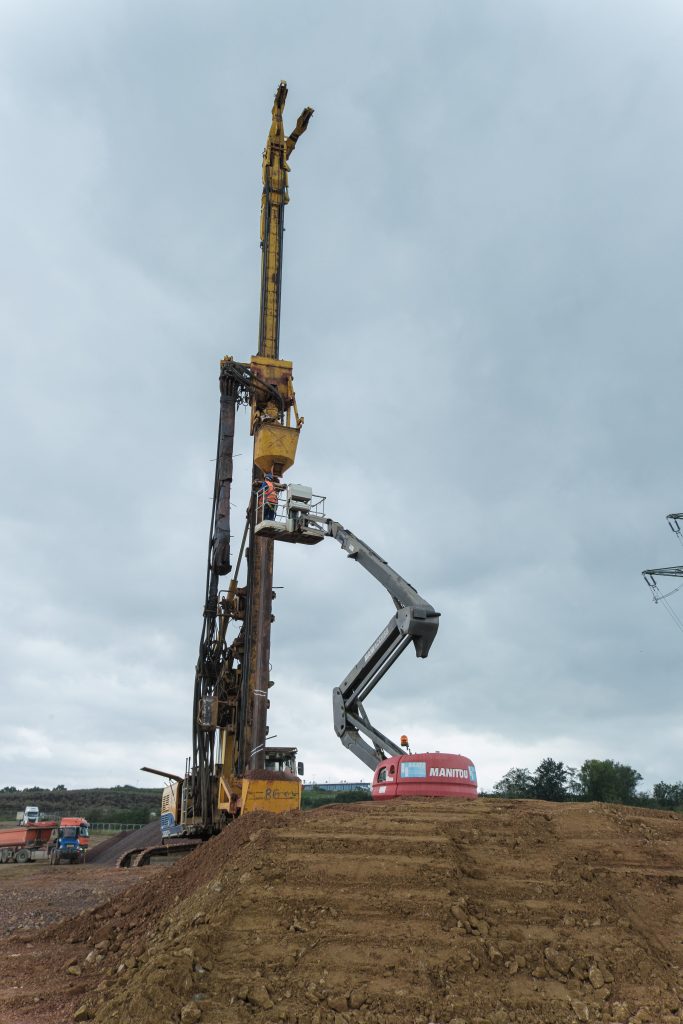
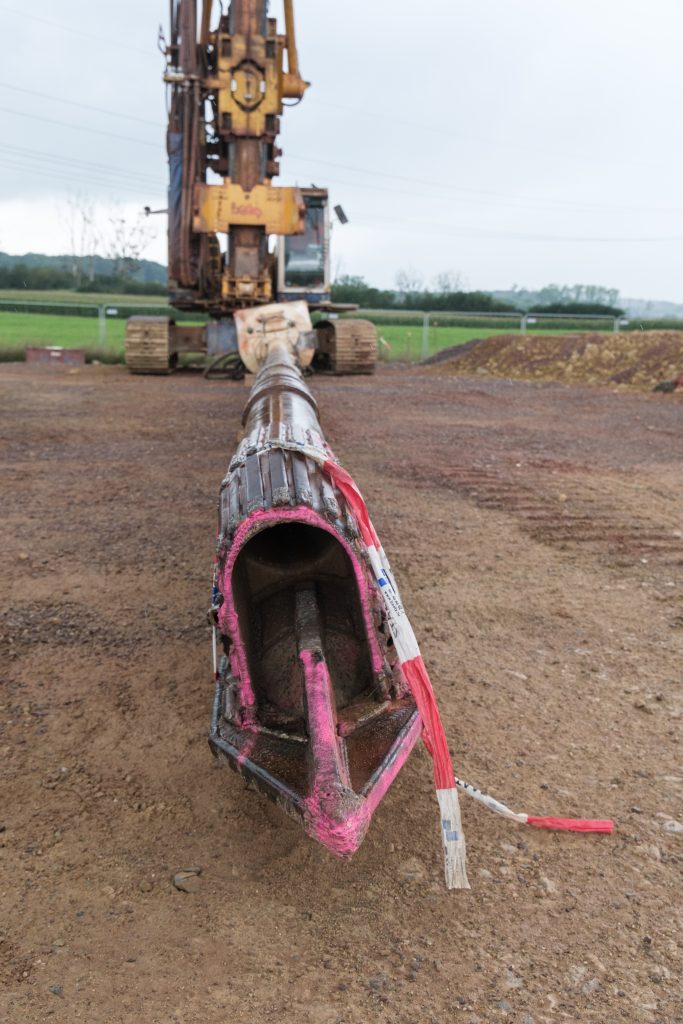
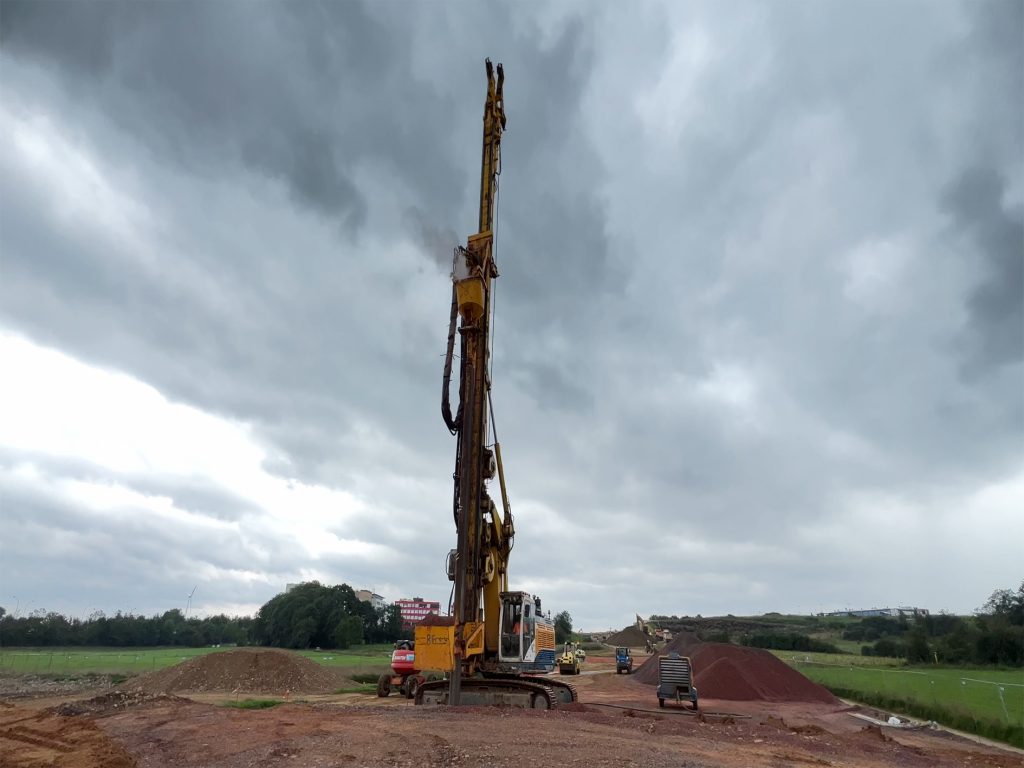
Looking south towards Bettemburg, you can see the orchestrated work of the numerous trucks. On some days there are over 50 of them, as the project manager in charge tells us. They play an important role in the preparation of the future earth subgrade of the new train line. On the one hand, the northern connection to the giant bridge, the so-called OA14, and on the other hand, on the south, reaching the necessary depth so that the trains of the new line can later pass under the new bridge that will carry the N31 over the tracks. Special attention is paid here to the slope of the track. This is because slopes that are too steep quickly pose a challenge, especially in train operations.

The hustle and bustle of the construction vehicles, the motivation of all the people present. Everything points to the fact that mobility history is being written between Bettembourg and Luxembourg. From 2027, the first international trains will run on the new line between Bettembourg and Luxembourg. From that moment on, the existing line will be completely available for the operation of national trains on line 60 (Luxembourg – Esch/Alzette – Rodange).
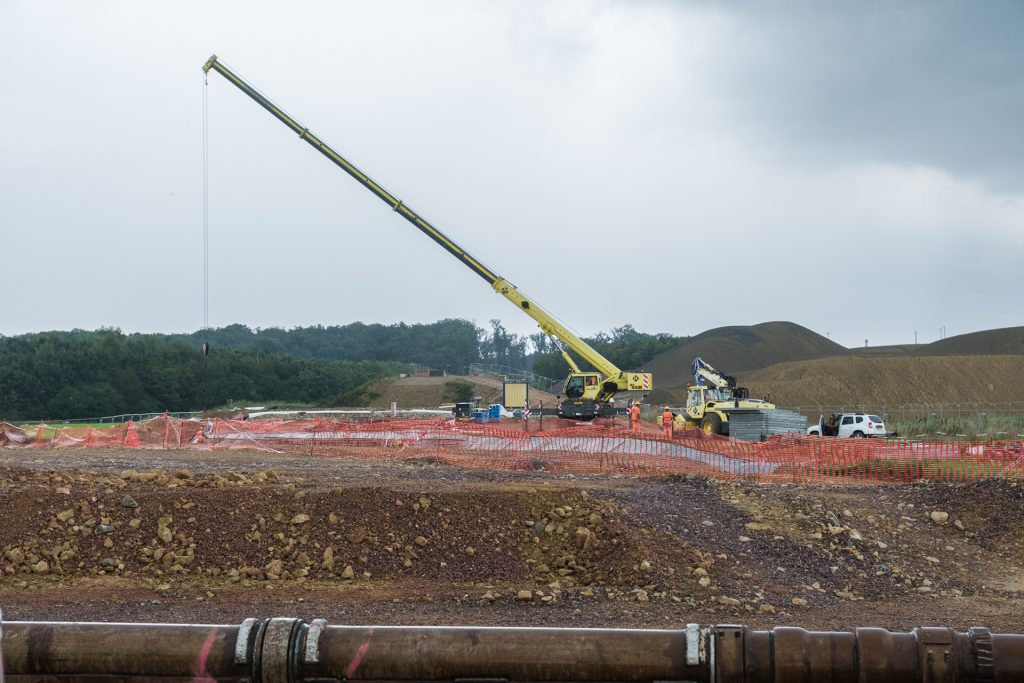
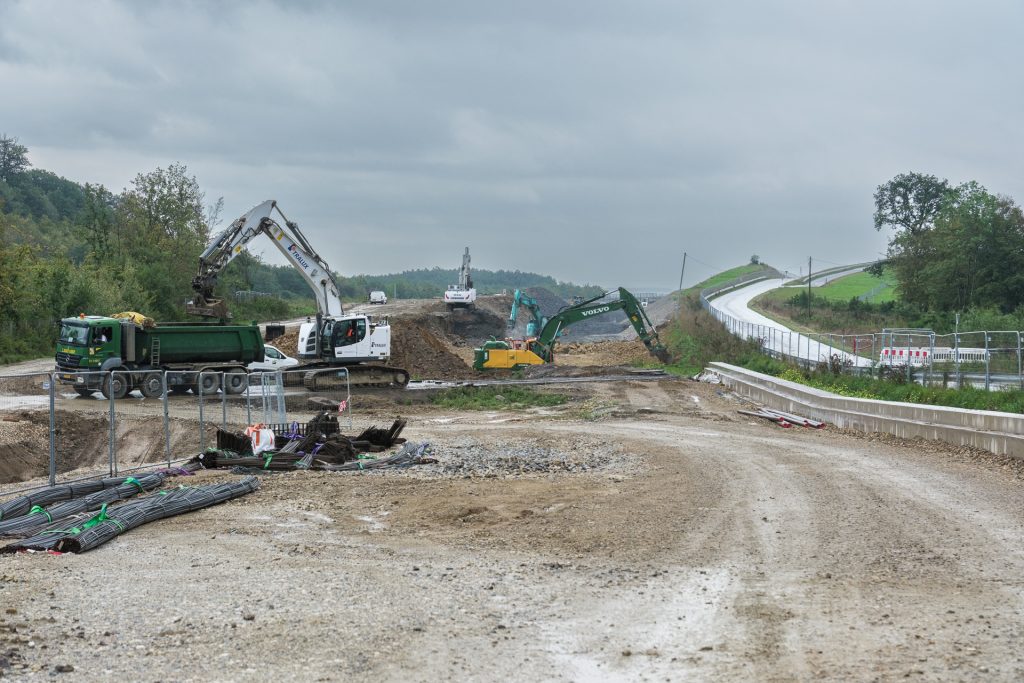

The separation brings two advantages: On the one hand, additional capacity (by 2028, 50% more seats are possible on the lines to/from Thionville/Metz and up to 8 trains per direction) and on the other hand, an improvement in punctuality due to the physical separation of the train operation of both lines (disruptions on one line will not affect the train operation of the other line).
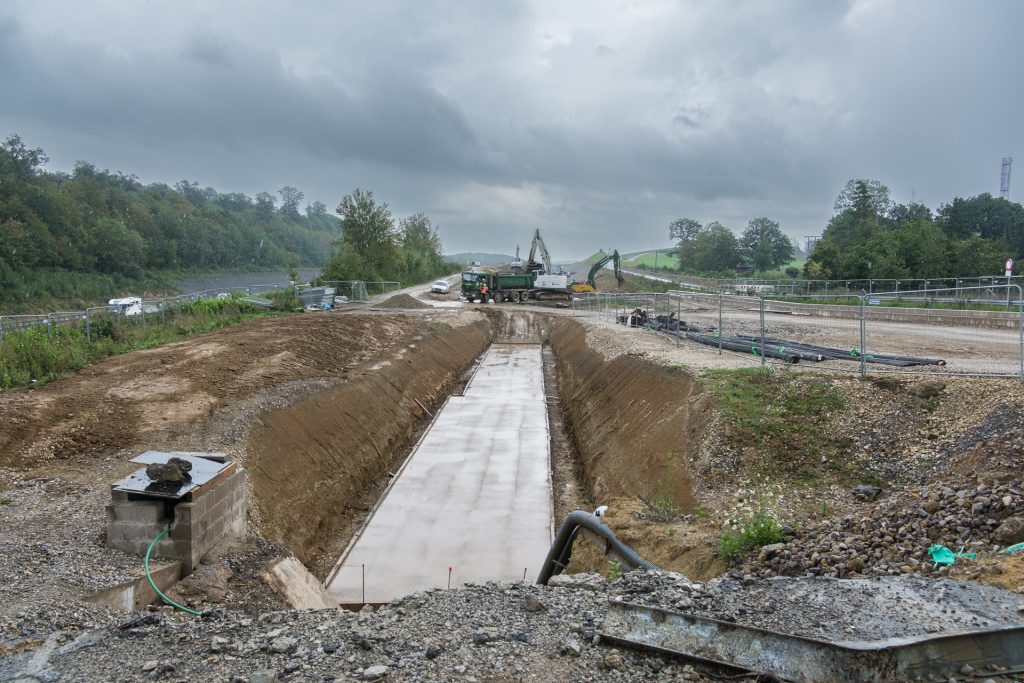
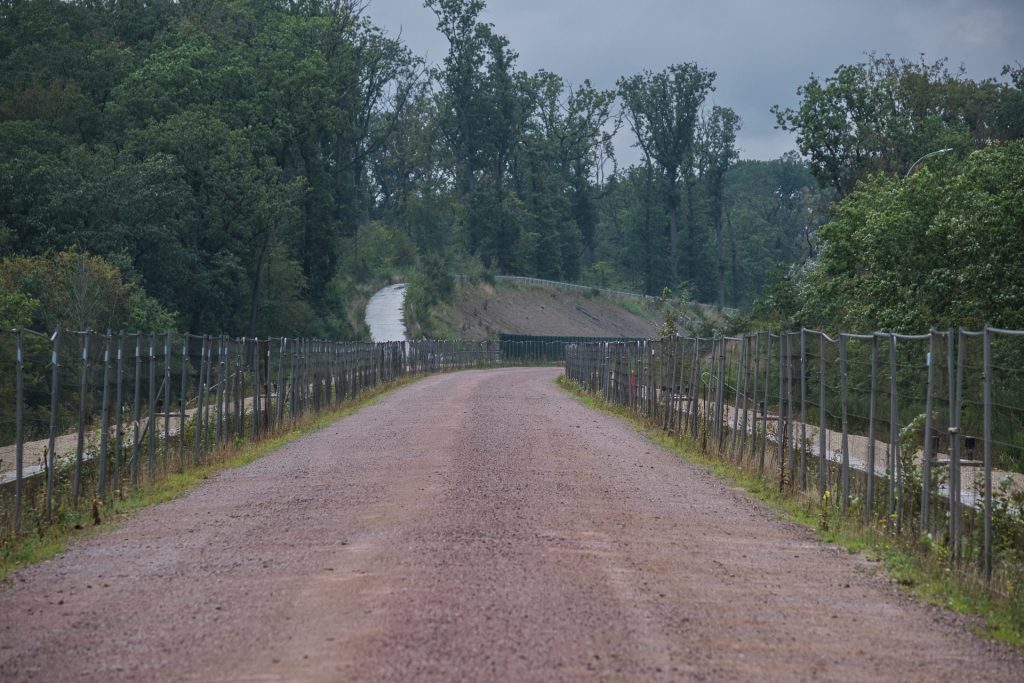
Read also:
